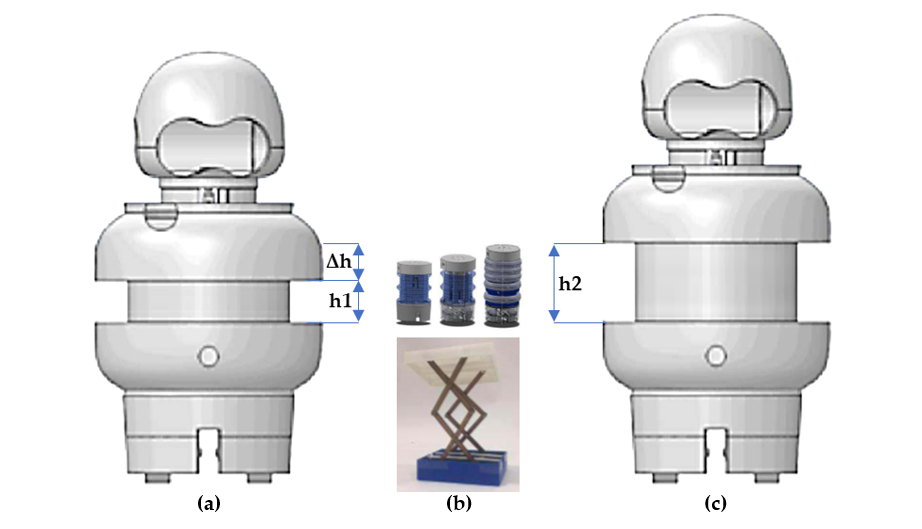Robots for communication are developed extensively with emphasis on sympathy. This study deals with the growth of character and the control of its operation accordingly. The child has time to be alone with the nature of his/her robot friend. The child can interact with other people's emotional expressions through a robot. Step by step, the robot character will grow as the child grows. Through design studies, qualitative processes such as {customer experience audit, eye tracking, mental model diagrams, semantic differences} have been executed for the results. The participatory behavior research approach through user travel is mapped from the user's lead to the evidence-based design. This research considers how the synthetic characteristics can be applied to the physical growth of robot toys through the product design process. With the development of robot toy "Buddy", we tried making two variations on the robot to achieve recognizable growth. (1) A one-dimensional height scaling and (2) facial expression including the distance between two eyes on the screen. Observations represented children's reactions when "Buddy" was released to with the children. As an independent synthetic character, the robot was recognized by children who had the designed function. Robots for training may require more experimentation.

